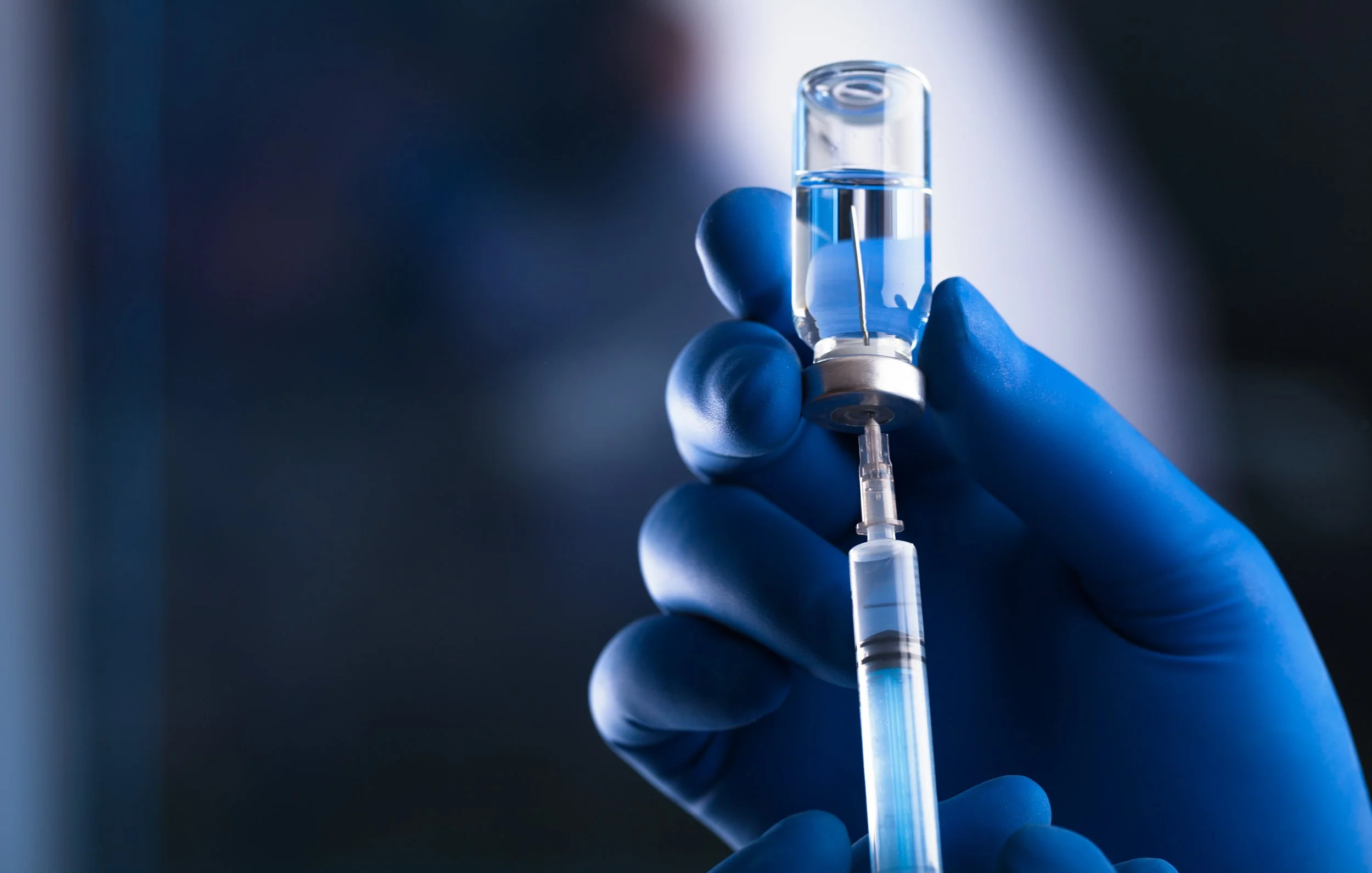Prolotherapy
History
Prolotherapy, short for proliferative therapy, has been practiced for over a century and has evolved as an effective regenerative treatment. Its origins can be traced back to the early 20th century when Dr. George Hackett, an American surgeon, introduced the concept of injecting irritant substances into damaged ligaments and tendons to stimulate healing responses. Over the years, prolotherapy has undergone refinements and gained recognition as a safe and viable alternative to surgery.
Mechanism of Action
Prolotherapy works by stimulating the body's natural healing mechanisms, specifically in the damaged or weakened connective tissues, such as ligaments and tendons. During the treatment, a specialized solution is injected into the affected area, precisely targeting the injured tissue. The solution typically contains a local anesthetic, such as lidocaine or procaine, along with a proliferant, such as dextrose or sodium morrhuate.
Upon injection, the proliferant triggers a controlled inflammatory response in the tissue. This inflammation activates the body's healing cascade, attracting specialized cells, growth factors, and nutrients to the area. The influx of these reparative substances initiates tissue regeneration, resulting in the strengthening and repair of the damaged ligaments or tendons. Over time, this process promotes improved joint stability, reduced pain, and enhanced functionality.
Research Demonstrating Positive Outcomes
Prolotherapy has garnered attention in recent years due to its positive outcomes and growing body of scientific research. Multiple studies have reported the effectiveness of prolotherapy in treating various musculoskeletal conditions, including:
1. Osteoarthritis: Research has demonstrated that prolotherapy injections can alleviate pain and improve function in individuals suffering from knee osteoarthritis, allowing them to regain mobility and reduce reliance on pain medication.
2. Low Back Pain: Studies have shown that prolotherapy is an effective treatment option for chronic low back pain. Injections targeting damaged ligaments and tendons around the spine have been found to reduce pain levels, improve functional abilities, and enhance quality of life.
3. Tendon Injuries: Prolotherapy has shown promising results in the treatment of chronic tendon injuries, such as tennis elbow and Achilles tendinopathy. Research suggests that prolotherapy injections can promote tendon healing, relieve pain, and restore normal function.
4. Joint Instability: Prolotherapy has been utilized to address joint instability, a condition characterized by excessive joint movement. Studies have demonstrated significant improvements in joint stability, pain reduction, and functional outcomes following prolotherapy injections.
Conclusion
Prolotherapy represents an exciting and effective approach within the field of regenerative medicine. With its ability to stimulate the body's natural healing mechanisms, prolotherapy offers a non-surgical, drug-free option for individuals seeking relief from musculoskeletal pain and joint injuries. Supported by a growing body of research, this innovative therapy holds promise in improving joint stability, reducing pain, and enhancing overall functionality. If you're considering prolotherapy as a treatment option, consult with a qualified healthcare professional to determine its suitability for your specific condition.

